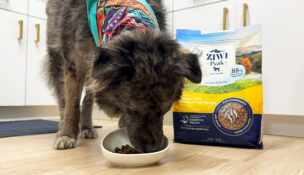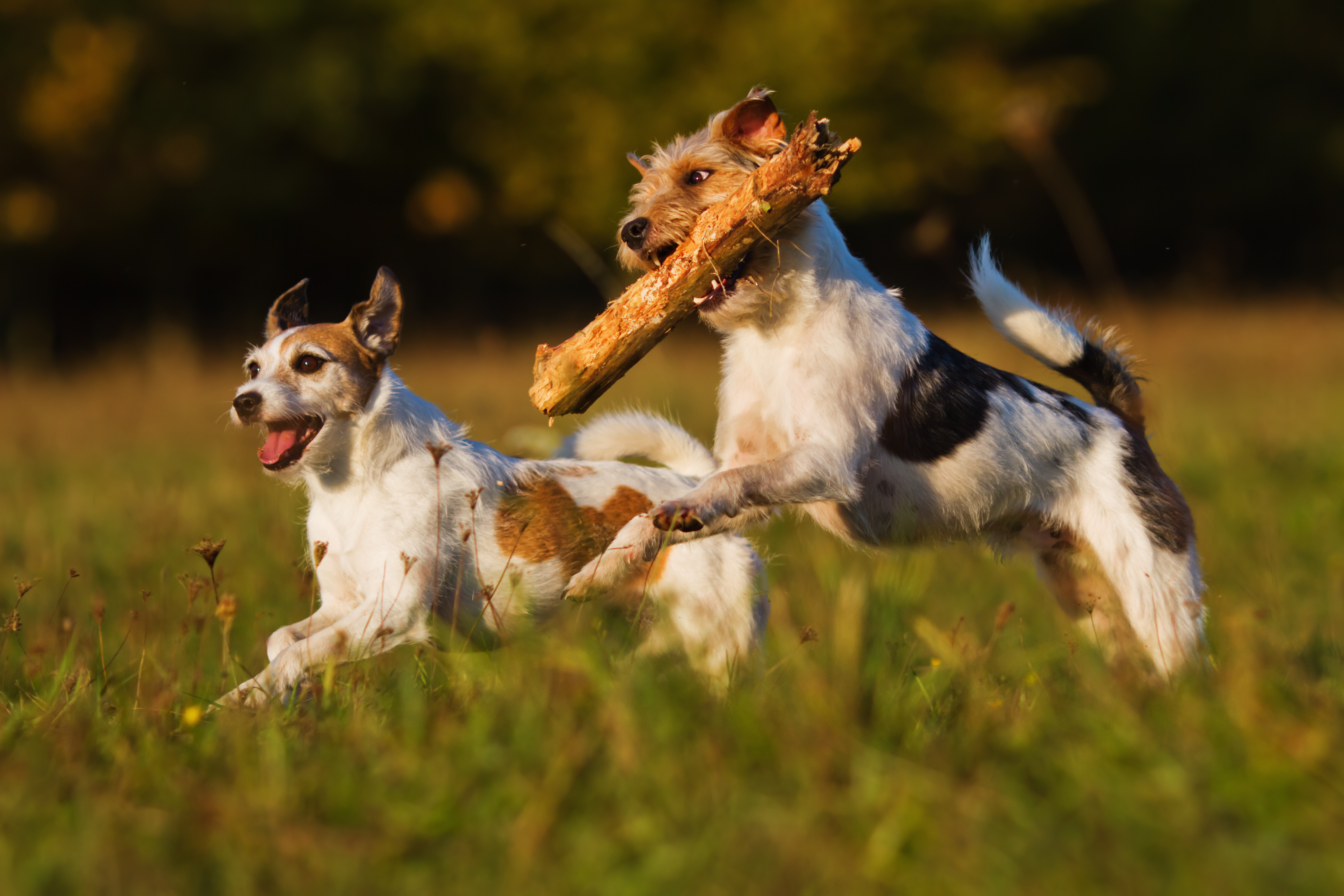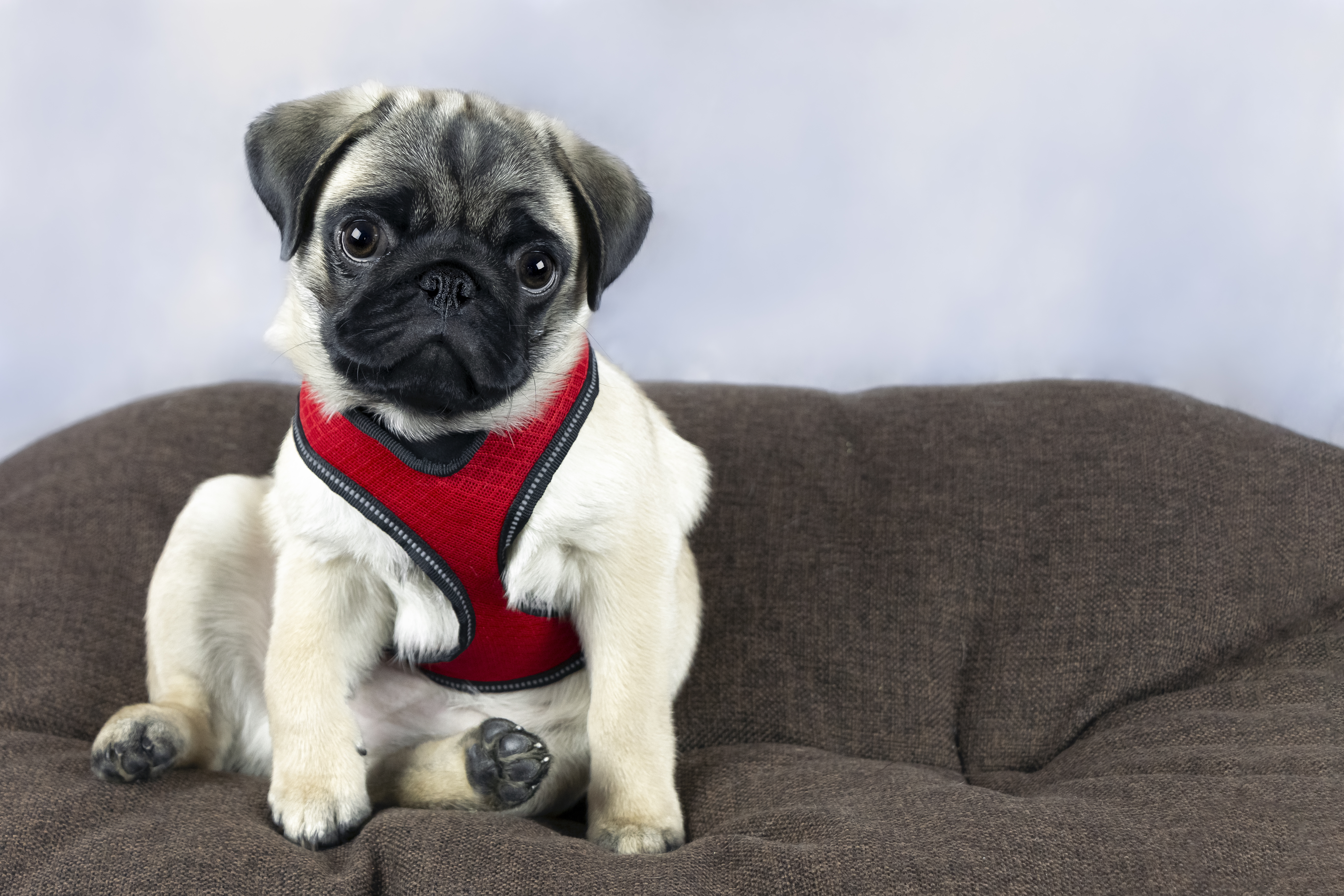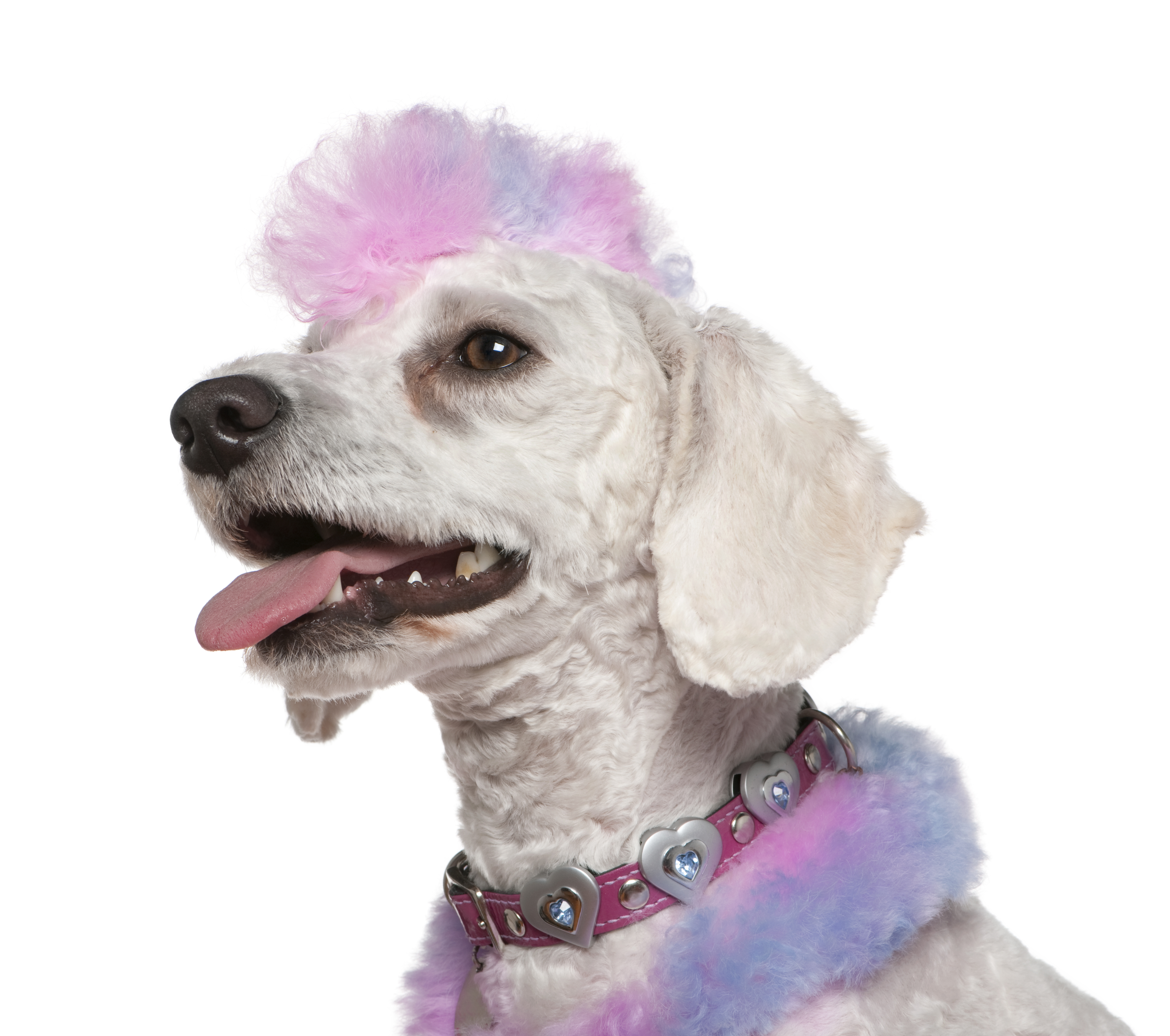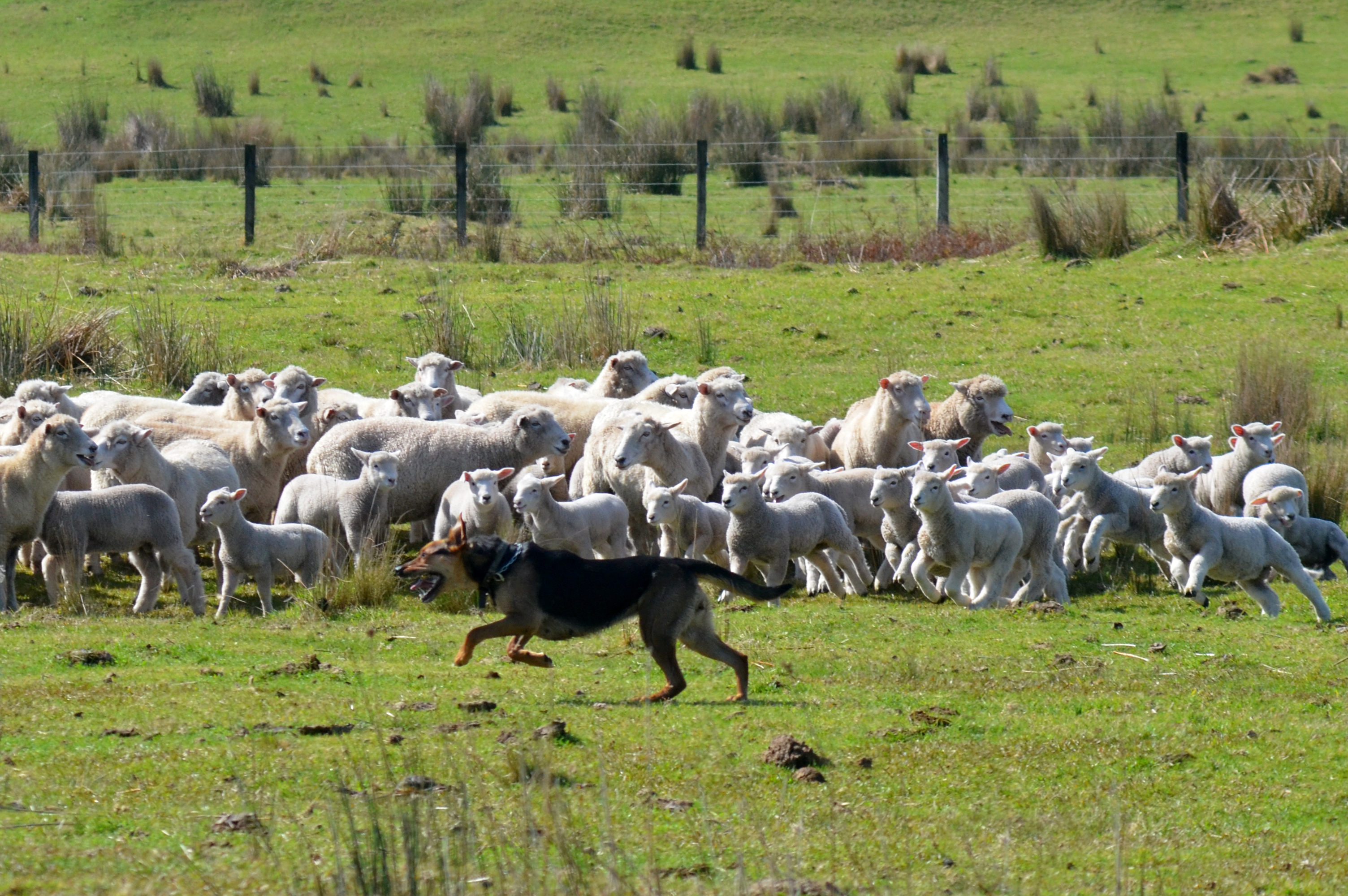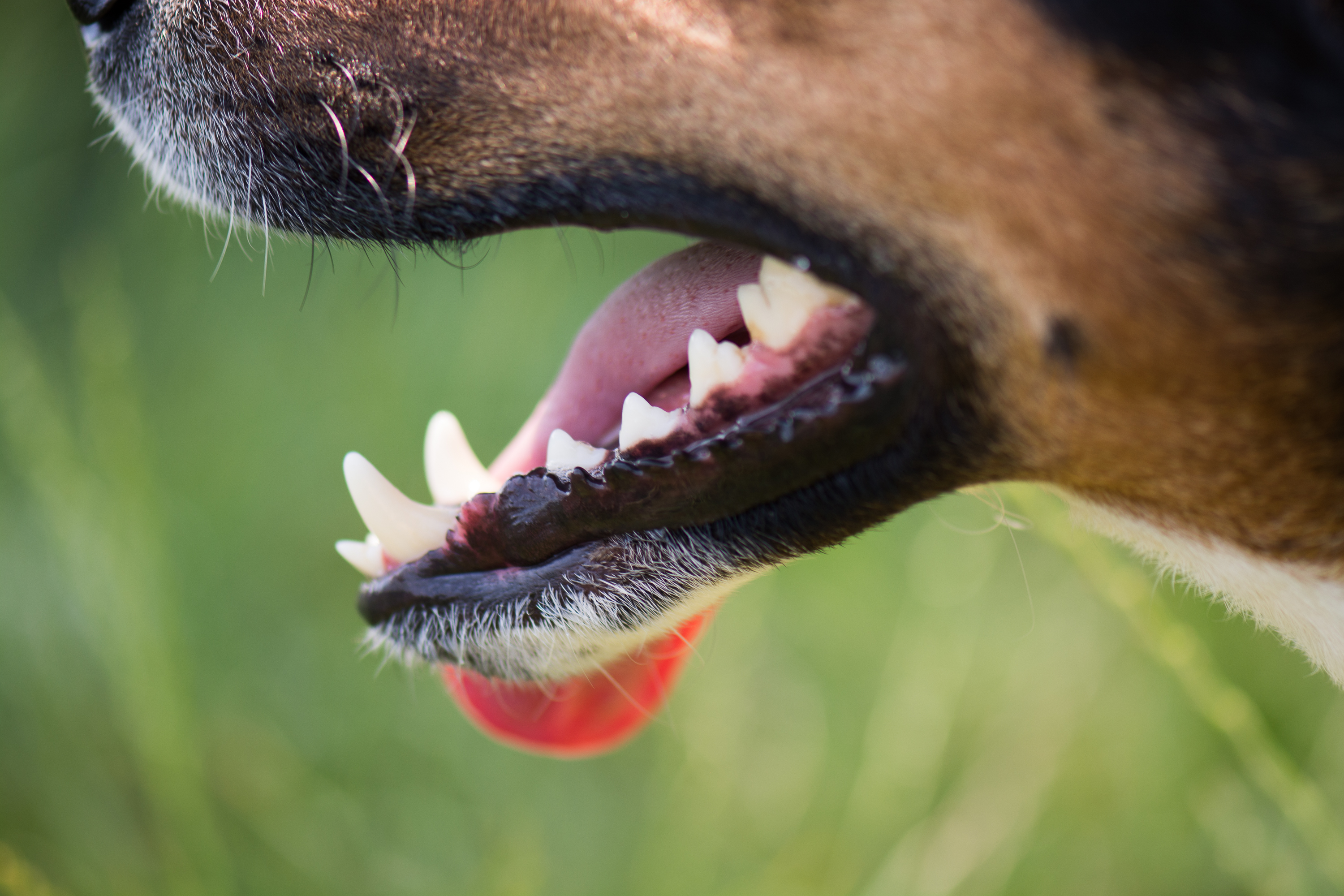Grain-Free Options Abound
Maggie Marton //August 23, 2017//
The grain-free movement has shifted from a health food fad to an expectation among many dog owners. While the origin of the grain-free trend among human health started with a combination of celebrity fad diets and an awareness of gluten sensitivity, the grain-free trend in pet food trickled down from there and gained momentum with the pet food scares of 2007.
According to Brian Alt, manager of Concord Pet Food & Supplies in Cherry Hill, New Jersey, the grainfree category is more popular than ever. That demand has led his store to carry more grain-free products than anything else.
“It’s not like people come in and ask for grain-free food,” he explained. “Now it’s kind of odd when somebody doesn’t buy it. We get a lot more people switching over to raw foods, freeze-dried, frozen, dehydrated—and they’re all grainfree.”
Alt doesn’t see the popularity of grain-free foods declining any time soon. In fact, he only sees the category expanding.
“Grain-free is definitely here to stay,” he said. “It’s not going anywhere. There are just different versions of it. A lot of companies that are traditionally not grain-free are now making grain-free foods. At this point, if you haven’t been making your food grain-free, you’re way behind the eight ball.”
Brad Gruber, president and chief operating officer at Health Extension Pet Care, explained the increased demand for grain-free dog food in relation to the human food market.
“The rise in popularity that we’re seeing is a result of the change in pet parents’ perception and preference towards their own changing eating habits,” he said. “With gluten-free diets becoming somewhat the norm, pet parents believe that grains are bad for not only themselves but their pets as well. The popularity of these grain-free diets is also a result of the increase in dog allergies and the belief they are food-derived. Grains like wheat and corn are most commonly to blame for the increase in food allergies that we see in dogs, so the switch to a grain-free diet makes the most sense for an immediate, natural and healthy cure.”
The brand’s recipes include organic and naturally-raised livestock that are free from antibiotics, steroids and artificial hormones.
“Today’s pet parent is more focused than ever on ingredients in their own diet, and they are looking to the ingredients they’re seeing in today’s dog food to mirror what they are looking for in products in their own diet,” Gruber said. “They want to know how these grain-free products are made, not wanting formulated products any longer but products that are made in a more natural and human way.”
Higher Expectations
However, grain free isn’t the on demand when it comes to the savvy shopper. In fact, grain free has gone beyond a trend to an expectation for many pet owners.
“Pet owners seek grain-free foods and treats for a number of reasons. Some feel that a grain-free diet is better for pets with digestive issues. Others believe these formulas contain more nutrients and less nonessential fillers,” said Adrian Pettyan, CEO and co-founder of Caru Pet Food Company. “Once these shoppers decide to go grain free, they look for evidence of quality and reliability on packaging such as shorter ingredient statements, small batch processing and ‘made in the USA’ claims.”
Caru’s grain-free stews and bone broth treats are made from humangrade ingredients in a human food facility.
“And, thanks to their Tetra Pak packages, the stews and bone broth treats are preservative and BPAfree,” Pettyan said. “Moreover, all Caru foods and treats are crafted in small batches in the USA, with limited ingredients and we never use genetically-modified ingredients of any kind.”
Fulfilling a Mission
At Bravo, Bette Schubert, co-founder and senior vice president, says grain-free products fit the brand’s core mission.
“The move toward grainfree foods and treats aligns perfectly with our core philosophy, which always has been to provide nutritionally-sound, limited ingredient, grain-free formulas made from a single protein source, in most cases, as we do mix proteins in our canned food line,” Schubert said. “Every ingredient we use serves a specific nutritional purpose. Every product we offer, from fresh frozen to freeze dried raw, as well as canned diets and a host of treats, are
all grain-free.”
Schubert said that the movement toward grain-free “is simply the desire of pet parents to make better food choices for their fur kids. Through education they’re finding that grains are not necessarily required for good nutrition, as dogs and cats are natural carnivores and do better with meat/poultry-based diets.”
She also noted similar trends in consumer demand observed by Pettyan.
“In terms of purchasing grain-free products, pet parents are looking for products that are USA-made using clean, wholesome ingredients, that have meat and poultry as a first ingredient and are nutritionally sound,” Schubert said.
Education is a key component of selling grain-free pet food, however, because not all dogs thrive on this type of diet. Schubert says that education is a critical sales piece, especially when it comes to a dog owner facing a medical condition.
“Choosing a new food or treat, especially for a dog or cat with a medical condition, can be
overwhelming for someone who is just learning about raw diets,” she said. “Consumers will naturally need someone knowledgeable to help inform their decision-making. That typically falls to the retailer who has the day to- day contact with the consumer.”






